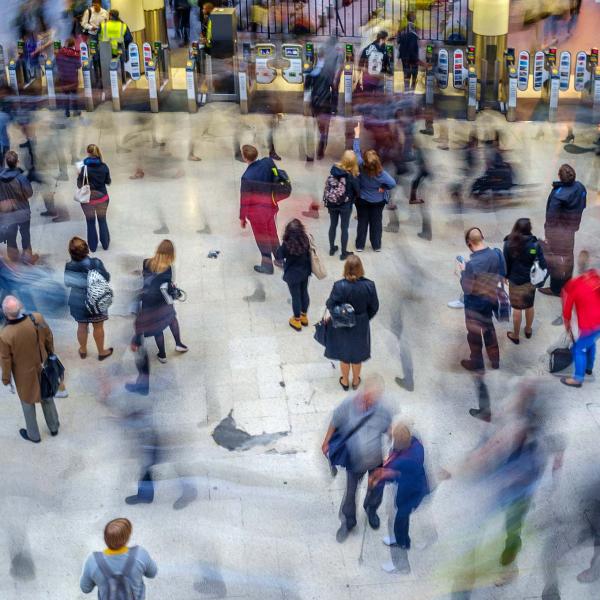This paper considers the potential role of in-home scanners as a method of data collection for national budget surveys such as the Consumer Expenditure Survey. A detailed comparison is made between scanner data and diary-based budget survey data for food at home in the UK. Levels of recorded spending are lower in scanner data for all commodities, but patterns of spending are similar. A large part of the difference is explained by households in the scanner survey failing to record any food spending in a given week. The gaps are widened once demographic differences between the surveys are controlled for. There is clear evidence that short-term diaries do not accurately capture household food spending patterns given infrequency of purchase for some commodity groups. Conditional on store choice, demographics play little role in explaining food spending patterns in scanner data. This suggests that attempts to impute detailed spending patterns from aggregate store-level spending would be difficult.








